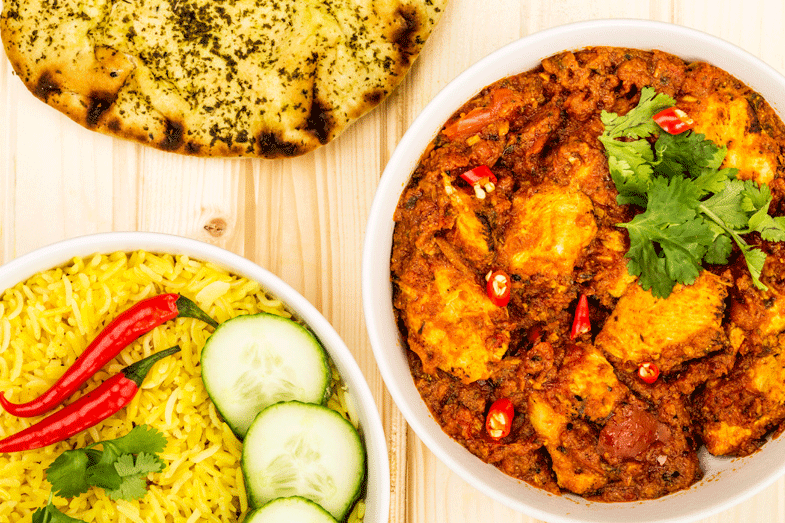 Bold and robust flavour
Bold and robust flavour
The spice profile of Chettinad cuisine is nothing short of remarkable. It’s a carefully orchestrated blend of spices that elevates each dish to a level of culinary artistry. Coriander seeds infuse a warm and citrusy note, fennel seeds impart a subtle sweetness, cumin seeds contribute earthiness, while black peppercorns provide a fiery kick. This spice quartet is complemented by a symphony of aromatic elements, where star anise adds a hint of licorice-like sweetness, green cardamom pods introduce a floral and slightly smoky undertone, cinnamon sticks lend warmth, and cloves bring a pungent and sweet-spicy flavor. The careful balance of these spices ensures that the dishes are not just spicy but also imbued with layers of complexity and depth, making every bite an adventure in taste.
with layers of complexity and depth, making every bite an adventure in taste.
Moreover, Chettinad cuisine’s distinctive character comes from its unabashed embrace of heat. The generous use of dried red chillies in various forms, combined with the peppery bite of black peppercorns, ensures that the dishes are fiery and invigorating. However, this spiciness is not mere heat; it’s a vibrant and vital component of the cuisine’s identity.
Coconut, in its various forms, adds yet another dimension to the richness of Chettinad cuisine. Grated coconut provides a subtle nuttiness and sweetness, while coconut milk imparts a luscious and velvety texture to gravies and curries. Ground coconut masalas, often used in Chettinad cooking, create a creamy base that not only balances the heat but also elevates the overall indulgence of the dishes. This careful incorporation of coconut adds a luxurious and comforting element to our Chettinad chicken curry recipe , will make it an irresistible indulgence that will be irresistible to your family and friends. They will be begging you to make more. Read more

 Using your harvest
Using your harvest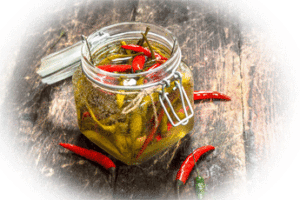 extraordinary
extraordinary 
 that would forever transform the
that would forever transform the 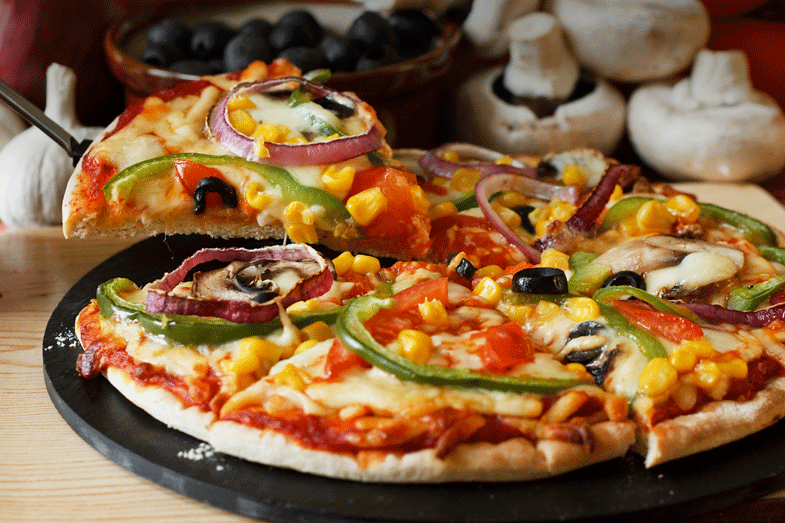

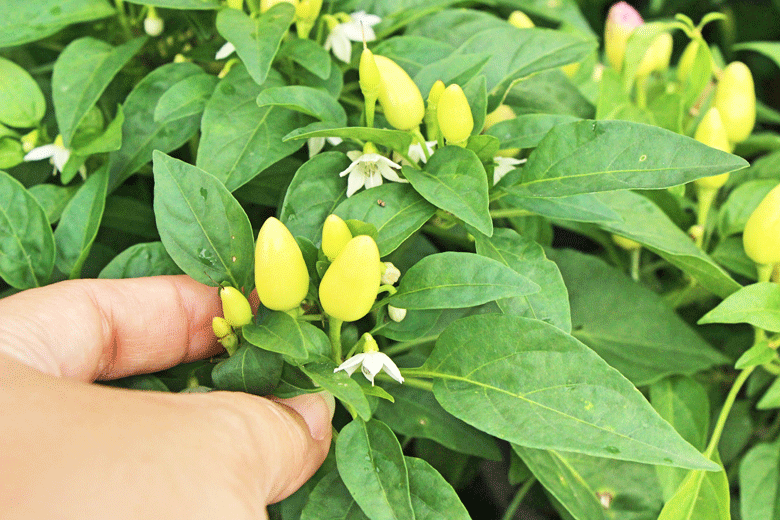
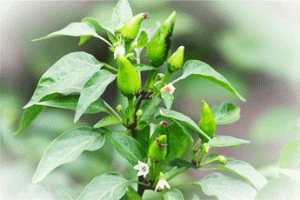 phosphorus takes centre stage due to its specific importance.
phosphorus takes centre stage due to its specific importance. What do Chillies taste like?
What do Chillies taste like?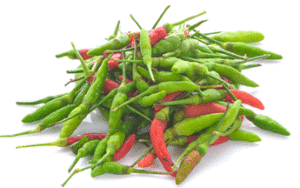 mild heat and rich, earthy taste, are also favourites in Mexican cuisine. These sweet and mild chillies provide a delightful balance in various culinary creations.
mild heat and rich, earthy taste, are also favourites in Mexican cuisine. These sweet and mild chillies provide a delightful balance in various culinary creations.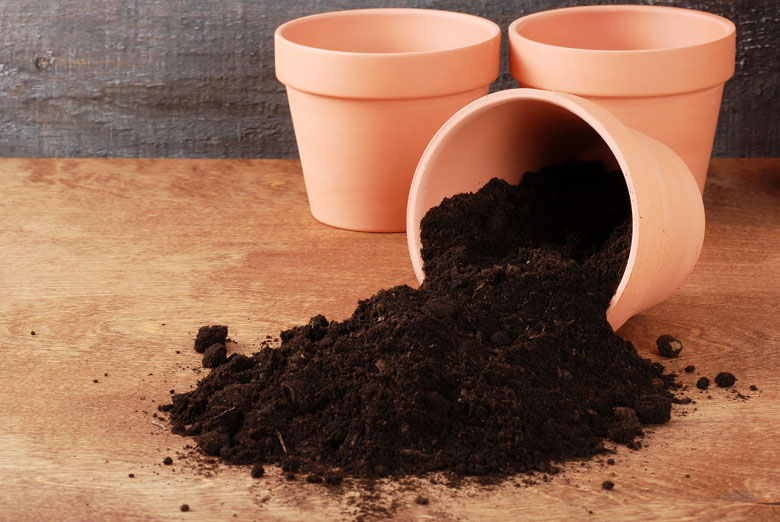 Hardening off
Hardening off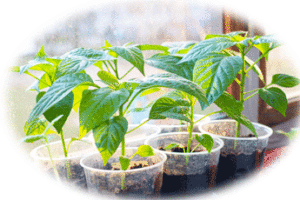
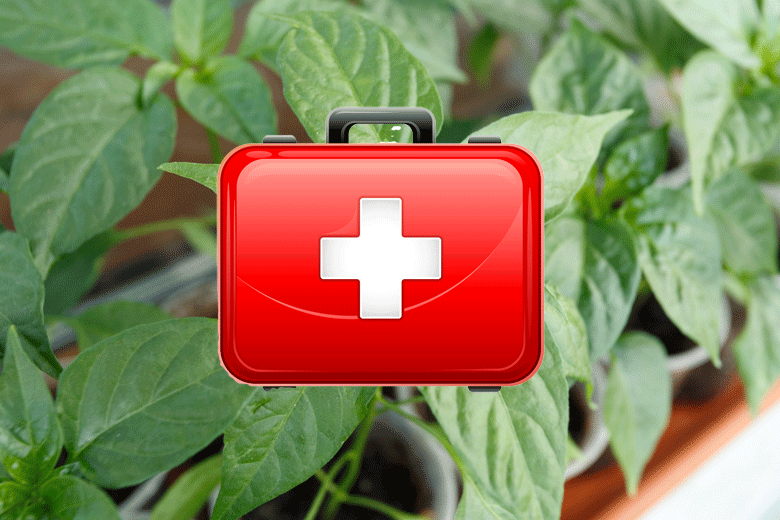
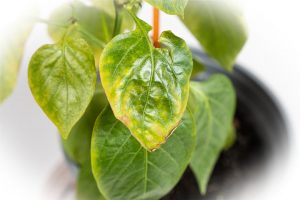 healthier growth in these plants.
healthier growth in these plants. Benefits of topping
Benefits of topping
 The perfect recipe
The perfect recipe of your
of your